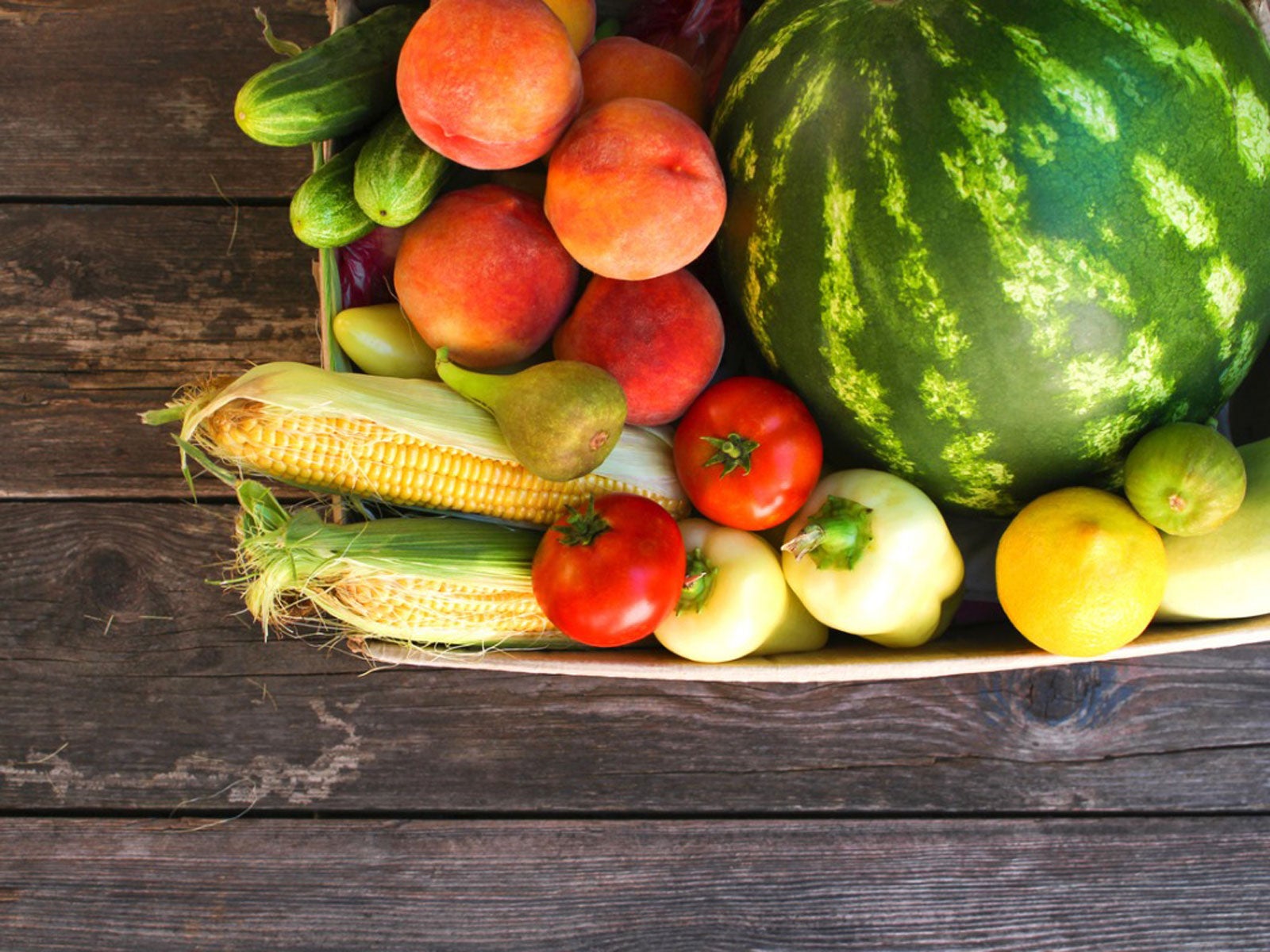Planting A Giving Garden: Food Bank Garden Ideas


According to the U.S. Department of Agriculture, more than 41 million Americans lack adequate food at some point during the year. At least 13 million are children who may go to bed hungry. If you’re like many gardeners, you end up with more produce than you can use. By partnering with a local food pantry, you can make a real difference in your town or community.
Exactly what is a giving garden? How can you go about growing a food bank garden? Read on to learn how to grow a giving garden.
What is a Giving Garden?
A food bank garden needn’t be a huge, demanding project. Although you can certainly dedicate an entire garden, a row, patch, or raised bed can produce a surprising amount of nutritious fruit and vegetables. If you’re a container gardener, earmark a couple of pots for your local food pantry. Don’t have a garden? You may be able to have growing space in a local community garden.
Do your homework before you begin. Visit local food pantries and talk to the site coordinator. Food pantries have different protocols. If one doesn’t accept homegrown produce, try another.
What types of produce are needed? Some pantries may take fragile produce like tomatoes or lettuce, while others prefer carrots, squash, potatoes, beets, garlic, onions, or apples, which can be stored and are easier to handle.
Ask what days and times you should bring the produce. Most food pantries have set times for drop-off and pick-up.
Tips on Planting A Giving Garden
Limit your giving garden to one or two crops. Food pantries prefer to receive more of one or two types of fruits vegetables, rather than a smattering of several types. Carrots, lettuce, peas, beans, squash, and cucumbers are often in high demand, and all are easy to grow.
Gardening tips, videos, info and more delivered right to your inbox!
Sign up for the Gardening Know How newsletter today and receive a free copy of our e-book "How to Grow Delicious Tomatoes".
Be sure the food is clean and suitably ripe. Don’t donate poor quality or overripe produce, or fruits or vegetables that are sprouted, bruised, cracked, damaged, or diseased. Label unfamiliar produce, such as chard, kale, salad mixes, unusual squash, or herbs.
Succession planting a small crop every two or three weeks will ensure you will have several harvests throughout the growing season. Ask the food pantry about their packaging preferences. Should you bring produce in boxes, bags, bins, or something else?
If you don’t have a food bank or food pantry in your area, local churches, preschools, or senior meal programs may be delighted to accept produce from your giving garden. Request a receipt if you want to write off your donation at tax time.
A Note on Food Bank Gardens
Food banks are generally larger entities that generally serve as distribution points for community food pantries, sometimes known as food shelves.

A Credentialed Garden Writer, Mary H. Dyer was with Gardening Know How in the very beginning, publishing articles as early as 2007.
-
 Zinnias On Repeat: 10 Glorious Cut-And-Come-Again Varieties For Endless Summer Bouquets
Zinnias On Repeat: 10 Glorious Cut-And-Come-Again Varieties For Endless Summer BouquetsThese zinnia varieties keep giving all summer, making them the perfect choice for dedicated cutting gardens – or just the occasional homegrown bouquet.
By Ellen Wells
-
 Create A Romantic Garden Straight Out Of Bridgerton: Regency Era Romance In Your Garden
Create A Romantic Garden Straight Out Of Bridgerton: Regency Era Romance In Your GardenTry some romantic garden ideas straight out of Bridgerton. Flowers and gardens in the Regency era were lush and charming and you can get the same look!
By Bonnie L. Grant